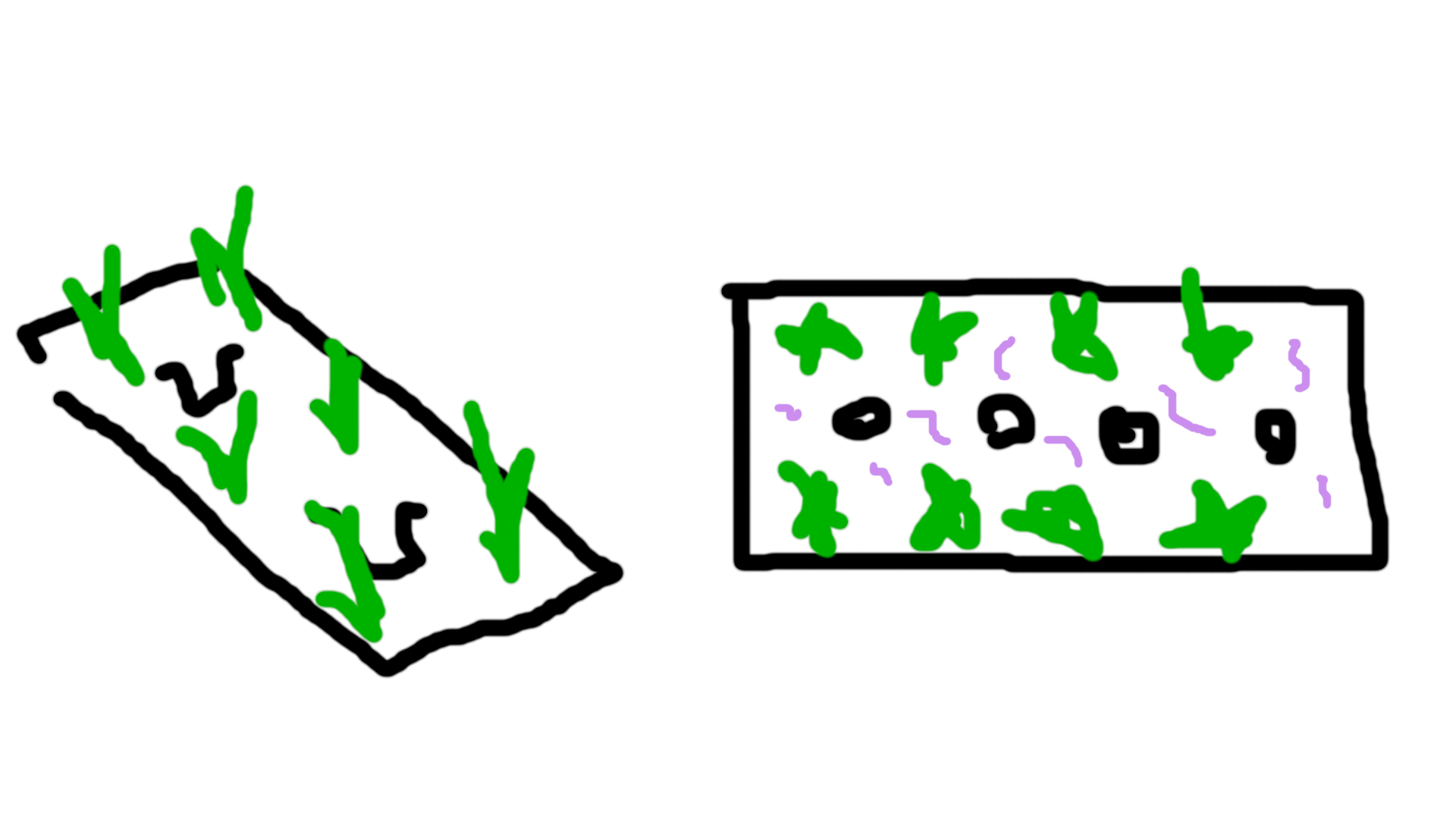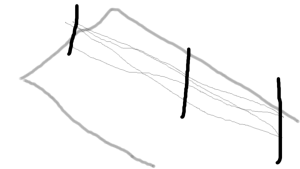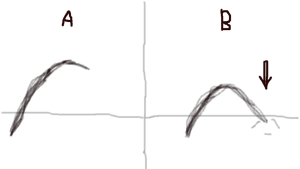Spring is here. The quietest signs of growth are now stirring across the land. If you don’t look for it, you could miss it. And who could blame you? Growth is subtle and gradual; the nature of growth is compounding, microscopic movement. The start of spring is anything but subtle and gradual, especially around here. The ice and snow melts and this fills the air with sounds of drips and trickles while the landscape changes from white to vibrant green in a span of weeks. As the topsoil thaws, it alters the smell of the air. And the rain, it comes eventually. I like the sound of rain. Snow has a sound too, and it’s lovely, but I get a thrill out of storms. In the winter, I miss those displays of lightning and that smell of ozone and the rare and wonderful rainbow suspended in a summer evening’s sky.
So, the purpose of this post: I’m going to share what I’m excited to try during the growing season this year. You might notice a pattern.
1. Lazy Vermicomposting
I’ve said it before and I’ll say it again: Composting is cool. Vermicomposting is a bit different. In this case, the compost is digested by worms, not microbes.

What makes it “lazy” is you simply dig a hole in your garden bed, but somewhere you aren’t going to be growing a plant. Put FRESH compost in and cover. Having some spots set up like this will lead to happy worms throughout the entire bed. For example, meet Wormy:

Wormy would be smiling if he had a face.
2. Lazy Trellising

First off, I hope you are enjoying these high-quality illustrations. So, this is another lazy approach to things. You set up three or so metal posts and use any suitable thread to wind back and forth and construct your trellis. These posts are double-use! Once those posts are set up, you could use pool noodles to top them and make a “lazy man’s greenhouse” by making a tent with a transparent, plastic cover and weighing its edges down with bricks or stones.
3. Advanced Methods of Laziness
I’m all about cutting corners and taking shortcuts. I’m sort of kidding. It’s a big time commitment to plant a seed and grow a fruit tree. I’m going to try, but I’m excited to try and root clippings and save energy and time doing it that way. I want to also grow trees from seed, because that makes possible exciting things like apricot/plum/cherry hybrids. Cuttings really do save time and effort. Going from seed, you can’t be sure what you’re getting until it bears fruit. With apples, it’s especially disappointing to discover you’ve grown a bitter-tasting crab apple after years of waiting. If you root a clipping of an apple tree, it’ll be the same type as the mother tree. Interstingly, the roots might not be the same! Apples are often grafted on roots of a different species. Am I going on a tangent? Yes. The matter was the lowest effort actions with the highest pay-off. Here’s an illustration:

Raspberries grow like the picture labelled A. If you push the shoot back into the ground (labelled B), you’ll likely propogate the plant! Strawberries do this too with their runners.
Around here, there is a very lovely, wild, black raspberry, and though it has thorns, it is idyllic compared to wild blackberries and their thorns. It grows vigourously and naturally around here. If it’s already doing so well, how might it do with a bit of help? It’s already growing along the edge of the forest in spots, so my plan is to try and double its numbers every year. There’s nothing to lose! It produces fruit even in shade where it’d be a real struggle to do anything else productive.
I’ll be aphoristic about it but I’m planning to be lazy this growing season by working with nature and not against it. Native plants are well-adapted and re-introducing one will likely have it thriving, it’s just a matter of time.
There’s a native plant that has a rich history–such a rich history, the city of Chicago is kind of named after it. I am planning to introduce the ramp, that Illinois-native allium, and wait until it is thriving to start sustainably harvesting it.
I’ve said it before and I’ll say it again: foraging is cool. But in the case of the ramp, foraging is having negative impacts. The once abundant allium is now a rare find, and its recent surge in popularity hasn’t helped… yet. But it could. Go and forage those wild berries! They are delicious! But with the ramp and other species that are slow-growing and have already-dwindling numbers, re-introducing them and allowing for their slow and steady growth, that’s the way to go. Once they are there, if invasive competitors are managed, their survival and eventually thriving are inevitable. That’s the cool thing about native species! It’d take a lot of energy to grow a citrus tree here, but a paw paw tree will find itself at home. That’s because it would be at home!
Gardening is great and I plan on doing a lot of it, but gardening is hard work. I’m trying to be lazy! That’s why I’m chasing this dream of transforming land into a self-regenerating, forager’s paradise. I’m aiming for Edenic.
